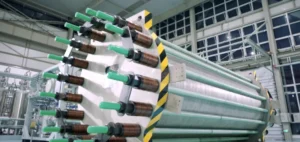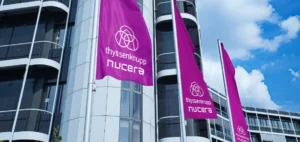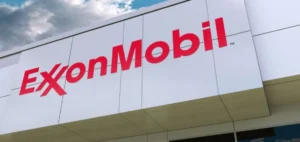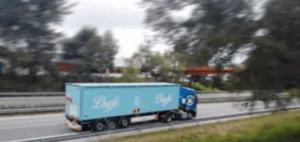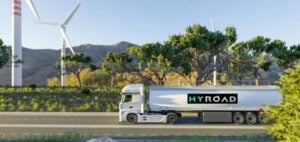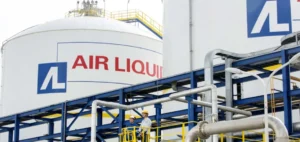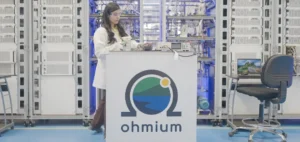The development of decarbonated hydrogen production capacities in France should follow the most ambitious scenario imagined in 2021 by the industry, with more than 250 projects identified and 225 vehicle charging stations by 2025, France Hydrogen said Wednesday.
“The projects identified total a renewable and low-carbon hydrogen consumption of about 1.07 million tons per year by 2030 in France, volumes higher than those of the National Hydrogen Strategy objectives and similar to those of the Ambition+ 2030″ scenario, according to a trajectory study published by the association on the sidelines of a morning of conferences.
Most of the projects are aimed at industrial use of hydrogen (815,000 tons), far ahead of its use in transport (230,000 tons) or to supply users outside the electricity grid who need a backup energy system or in isolated sites (25,000 tons).
Except for 24 projects concentrating 80% of the hydrogen volumes, 70% of the projects are less than 3 MW.
“Now we are in the implementation phase, at least that’s the one we have to attack,” said Philippe Boucly, president of France Hydrogène.
On the mobility side, the industry is anticipating “the outline of a first national network” of 225 charging stations by 2025, according to Mr. Boucly. Another study underway “speaks of 800 to 1,000 stations by 2030 for light passenger and commercial vehicles, and especially for heavy vehicles,” he said.
“In France, there are about 400 hydrogen vehicles on the road. The goal is 450,000 by 2030″, Boucly said.
Hydrogen can be produced by various processes, including from biomass. However, water electrolysis is “very widely favored by the players in the sector”, an option that will require a lot of electricity: producing 1 million tons of hydrogen in 2030 will require more than 50 TWh, or 10% of the total electricity consumption forecasted at that date by the network manager RTE, according to the study.
Present on Wednesday, the Minister of Industry Roland Lescure recalled that on November 8, the Elysée had given six months to the government to draft a strategy in terms of regulatory framework and access to public subsidies.
The executive branch sees hydrogen as a key technology for reducing greenhouse gas emissions in industry. The sector is calling for administrative simplifications to dispense with environmental assessments for production below a certain threshold and for increased storage.
“We have to think in terms of economies of scale to make the most competitive hydrogen available to industry,” said the minister, assuring that he was concerned about ensuring that large electrolysers could enter into competitive long-term contracts, particularly with EDF.











